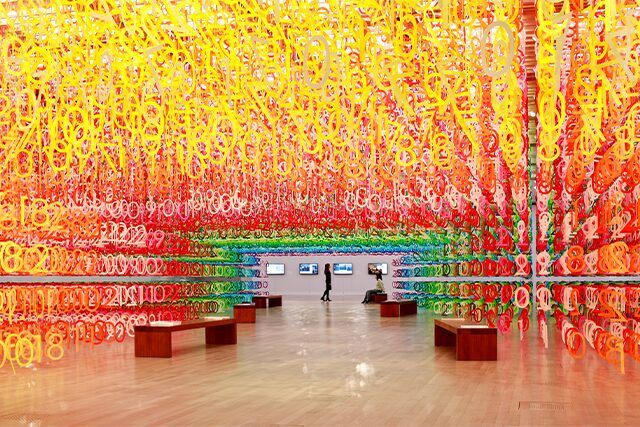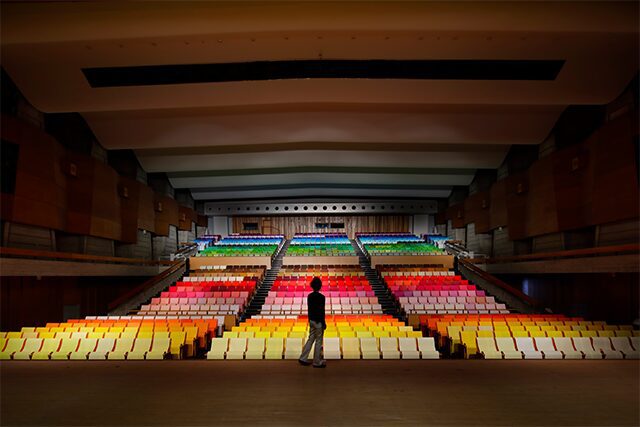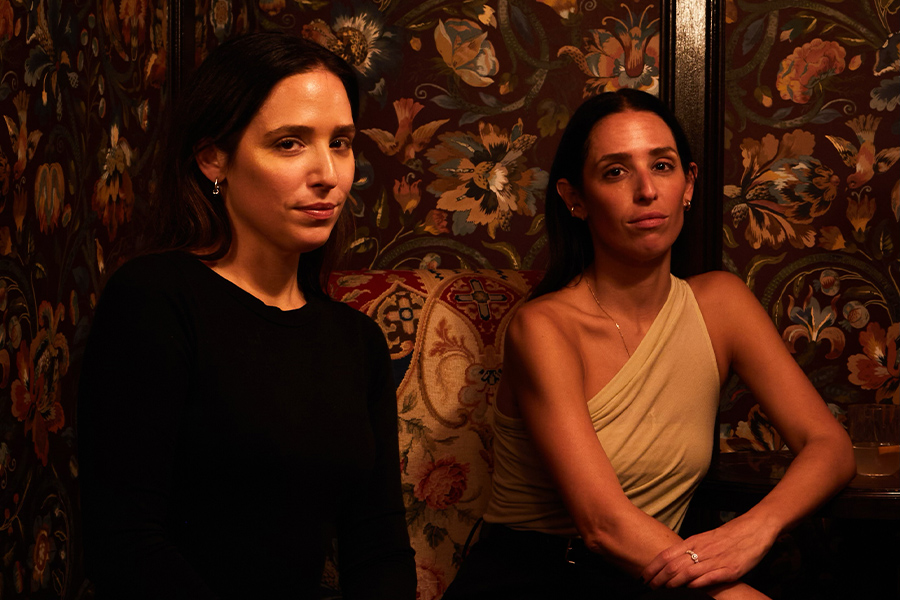After her first visit to Tokyo, Emmanuelle Moureaux says she was so transfixed by the “thousands of colors seemingly floating in the cityscape as layers, as 3D elements,” that she moved there. Twenty-four years later, the French architect and designer, who forged the concept of shikiri (meaning dividing space using colors) remains smitten—with both her adopted home and a hue’s power to conjure emotion.
To commemorate her studio’s 10th anniversary in 2013, Moureaux launched 100 Colors, a sensorial installation series that highlights a nuanced spectrum of 100 shades. It now travels to cities like Brussels and Dubai, taking different forms in various environments, such as the swaying strands of paper in a rainbow of tones that adorns the ceiling at New York’s Color Factory.
But that’s just the beginning of her genius. Last summer, for the two-pronged celebration of the Japanese star festival Tanabata and the 100th anniversary of the popular soft drink Calpis, Moureaux reinterpreted the Tanabata ritual of scribbling personal hopes and dreams onto pieces of colored paper and hanging them on bamboo branches with the exhibition Universe of Words. Tokyo’s 3331 Arts Chiyoda center was filled with 140,000 suspended hiragana, the rudimentary 46-character Japanese alphabet. “Walking through, words gradually came to mind,” Moureaux says of her inspiration.

The colorful Forest of Numbers at the National Art Center in Tokyo
Currently, Moureaux fuses the importance of color and dates in Slices of Time, her exhibition at the NOW Gallery in London (through April 17th, 2020), and has recently finished a work of public art for the Taipei metro’s Circular line. As long as she is “able to obtain the beauty of colors I want,” she says she has no preference for material. “Only colors matter.”

Moureaux’s 1000 Colors Wave installation during the Imabari Color Show
This article originally appeared in HD’s February 2020 issue.


